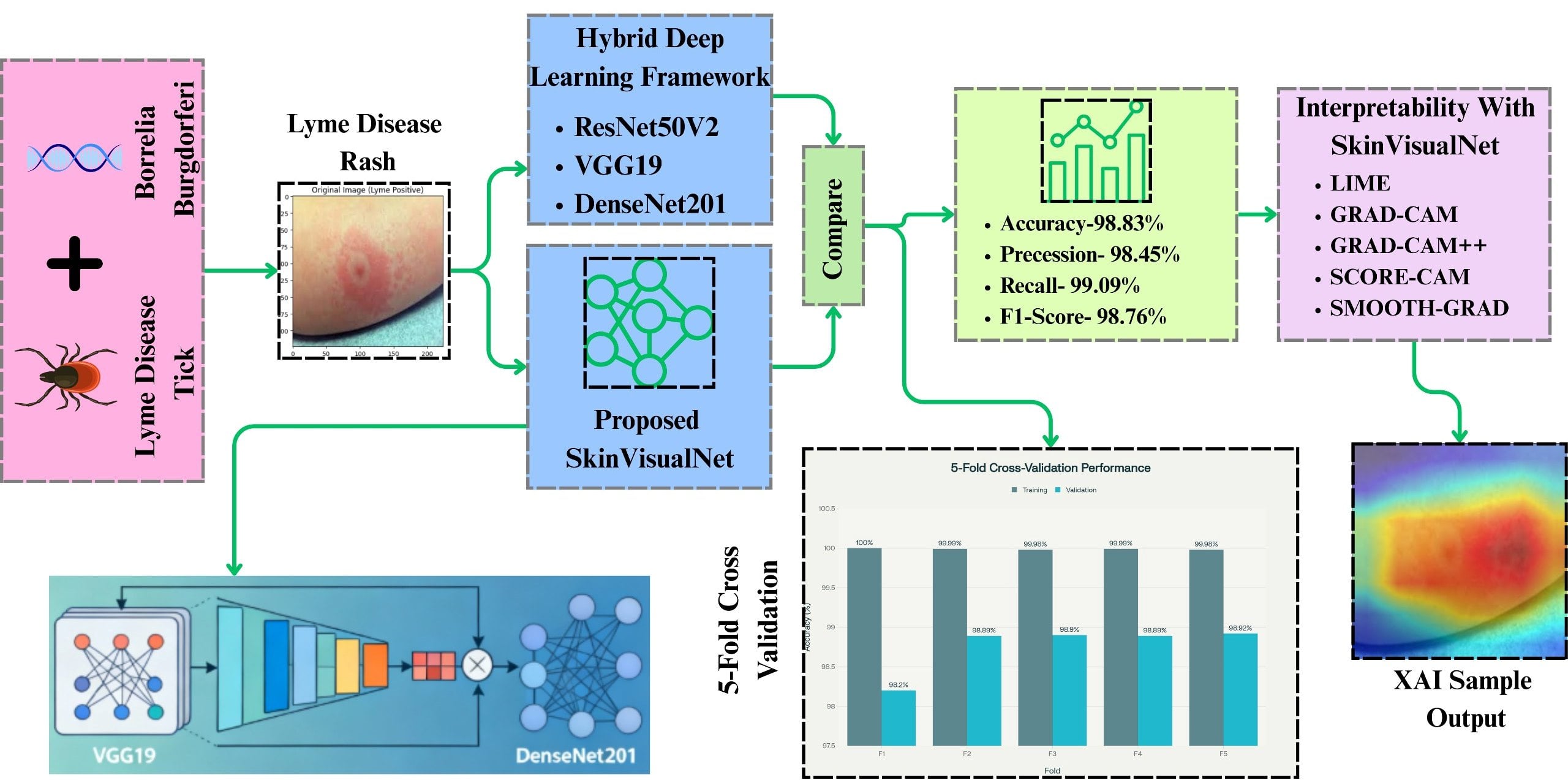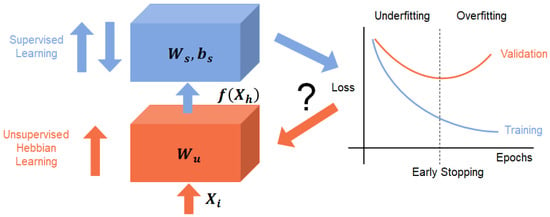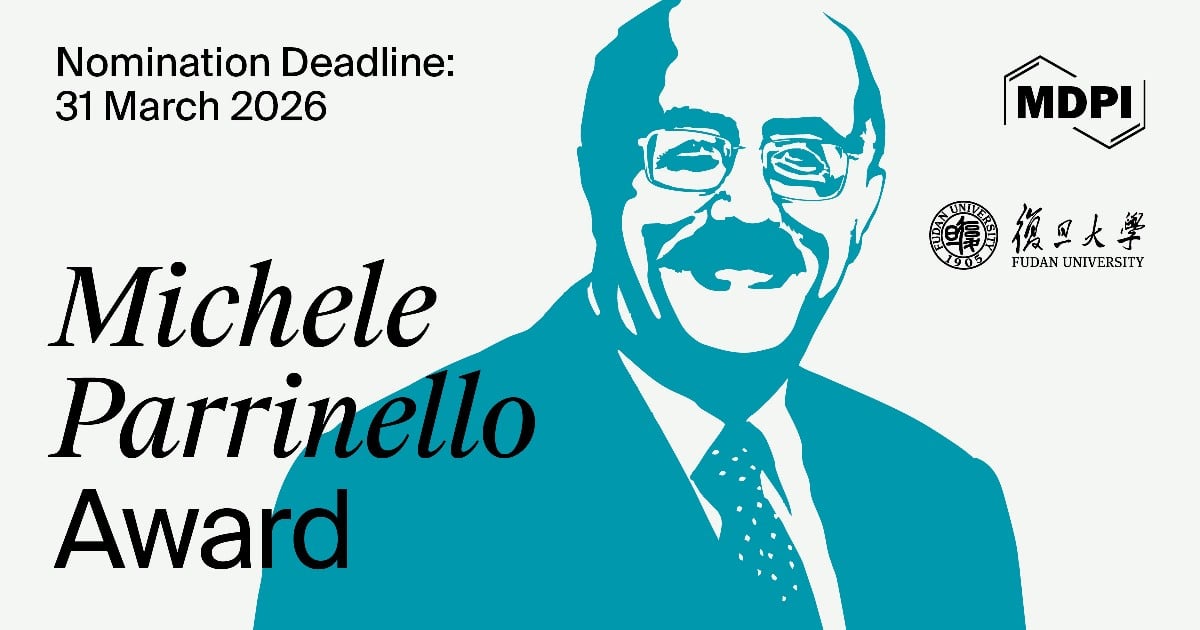-
 SG-RAG MOT: SubGraph Retrieval Augmented Generation with Merging and Ordering Triplets for Knowledge Graph Multi-Hop Question Answering
SG-RAG MOT: SubGraph Retrieval Augmented Generation with Merging and Ordering Triplets for Knowledge Graph Multi-Hop Question Answering -
 Prediction of Bearing Layer Depth Using Machine Learning Algorithms and Evaluation of Their Performance
Prediction of Bearing Layer Depth Using Machine Learning Algorithms and Evaluation of Their Performance -
 A Review of Methods for Unobtrusive Measurement of Work-Related Well-Being
A Review of Methods for Unobtrusive Measurement of Work-Related Well-Being -
 Geometric Reasoning in the Embedding Space
Geometric Reasoning in the Embedding Space -
 AI-Driven Intelligent Financial Forecasting: A Comparative Study of Advanced Deep Learning Models for Long-Term Stock Market Prediction
AI-Driven Intelligent Financial Forecasting: A Comparative Study of Advanced Deep Learning Models for Long-Term Stock Market Prediction
Journal Description
Machine Learning and Knowledge Extraction
- Open Access— free for readers, with article processing charges (APC) paid by authors or their institutions.
- High Visibility: indexed within Scopus, ESCI (Web of Science), dblp, and other databases.
- Rapid Publication: manuscripts are peer-reviewed and a first decision is provided to authors approximately 25.5 days after submission; acceptance to publication is undertaken in 3.4 days (median values for papers published in this journal in the first half of 2025).
- Journal Rank: JCR - Q1 (Engineering, Electrical and Electronic) / CiteScore - Q1 (Engineering (miscellaneous))
- Recognition of Reviewers: reviewers who provide timely, thorough peer-review reports receive vouchers entitling them to a discount on the APC of their next publication in any MDPI journal, in appreciation of the work done.
- Journal Cluster of Artificial Intelligence: AI, AI in Medicine, Algorithms, BDCC, MAKE, MTI, Stats, Virtual Worlds and Computers.
Latest Articles
Highly Accessed Articles
Latest Books
E-Mail Alert
News
Topics
Deadline: 31 December 2025
Deadline: 31 January 2026
Deadline: 30 April 2026
Deadline: 31 May 2026
Conferences
Special Issues
Deadline: 30 April 2026
Deadline: 15 July 2026






























